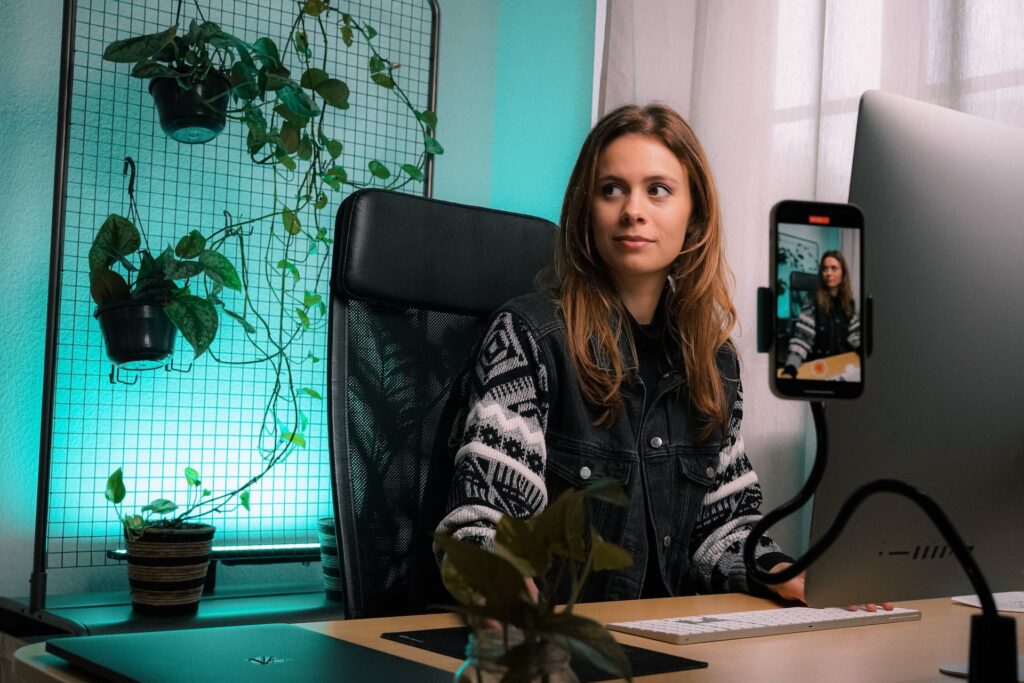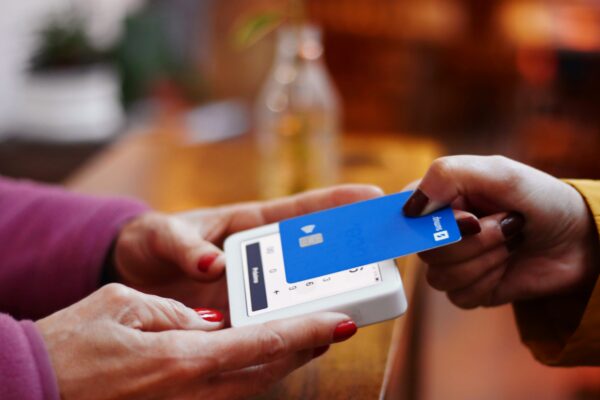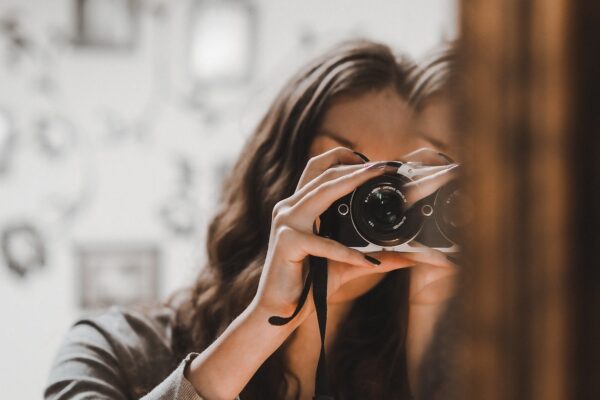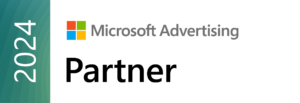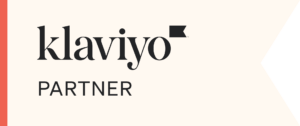For years, brands have relied on influencer marketing to increase their brand awareness and introduce their products to specific niche audiences that can be hard to reach with more traditional digital marketing.
It’s not a new concept, but changes to social media platforms like Instagram and TikTok, as well as diversifying ad budgets, are having a dramatic impact on how influencer campaigns are built, how advertisers find creators in their niche, and how brands measure success.
In 2021, the global market size of influencer marketing was valued at $10.39 billion, and market studies suggest that influencer marketing will grow exponentially over the next few years.
According to Grand View Research’s “Influencer Marketing Platform Market Size, Share & Trends Analysis Report,” the influencer market’s revenue forecast in 2030 will be as much as $143.10 billion, an astounding compound annual growth rate (CAGR) of 33.4% from 2022 to 2030.
That kind of exponential growth will be possible largely thanks to the supporting infrastructure of influencer marketing from social apps like Instagram and TikTok. Instagram and TikTok are making substantial software updates and adding new features designed to solve one of the biggest challenges associated with influencer marketing: finding a good match.
For brands, working with influencers presents huge opportunities, but it can also be a liability. If a creator isn’t a good fit or doesn’t align with the brand’s values, the brand puts its credibility on the line. On the other hand, if the creator’s following isn’t a good match for the brand’s target audience, the entire campaign could be a waste of money for the brand and negatively impact the creator’s relationship with their followers.
To solve this problem, Instagram launched its own Creator Marketplace, a comprehensive first-party Meta tool that allows brands and advertisers to search for Instagram content creators.
“Instagram’s creator marketplace is a new destination that allows brands to find creators they may want to connect with. They can use the desktop experience within Meta Business Suite to filter creators by gender, age, number of followers and interests. They’ll also be able to filter for creators based on the demographics of their engaged audience, using filters including gender, age, interests, country and city; see creators who have expressed interest in working with them, have tagged them or follow them; see similar creators to those they’ve already found through the filters; and add creators to saved lists.”
Instagram’s Creator Marketplace also handles the tactical implementation of a campaign, from structuring projects to outlining deliverables and even handling compensation.
Not to be outmaneuvered by Instagram, TikTok has responded with a beta ad product that also pairs creators with brands. The TikTok Creator Marketplace is similar to Instagram’s tool, but it has a few interesting features, including the ability for advertisers to post content listings or challenges and have creators respond to those listings.
Ultimately, these Creator Marketplaces are making it much easier, less intimidating, and more cost-effective for advertisers to partner with influencers in a formal and safe environment. And lowering the barrier to entry may be just enough encouragement for skeptical brands and advertisers to appropriately allocate marketing dollars for experimentation with content creators on platforms like Instagram and TikTok.
